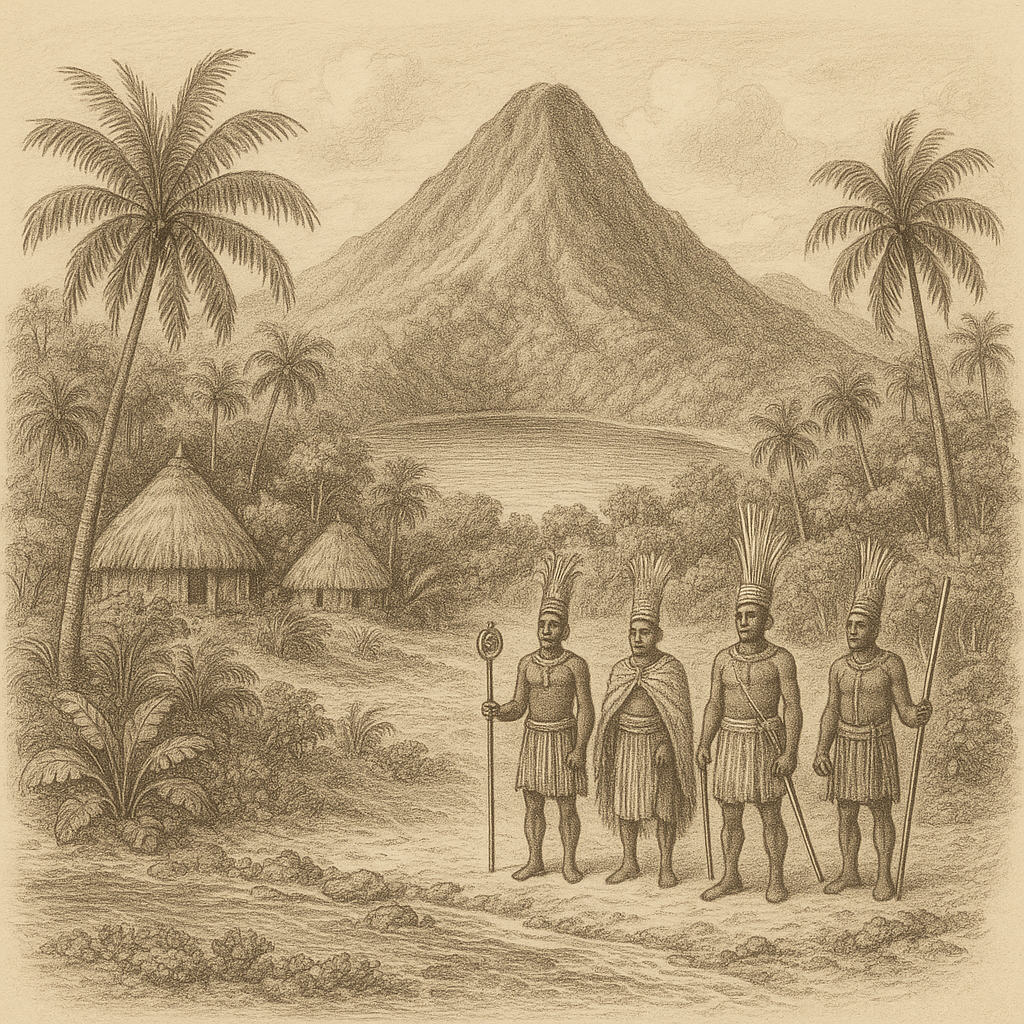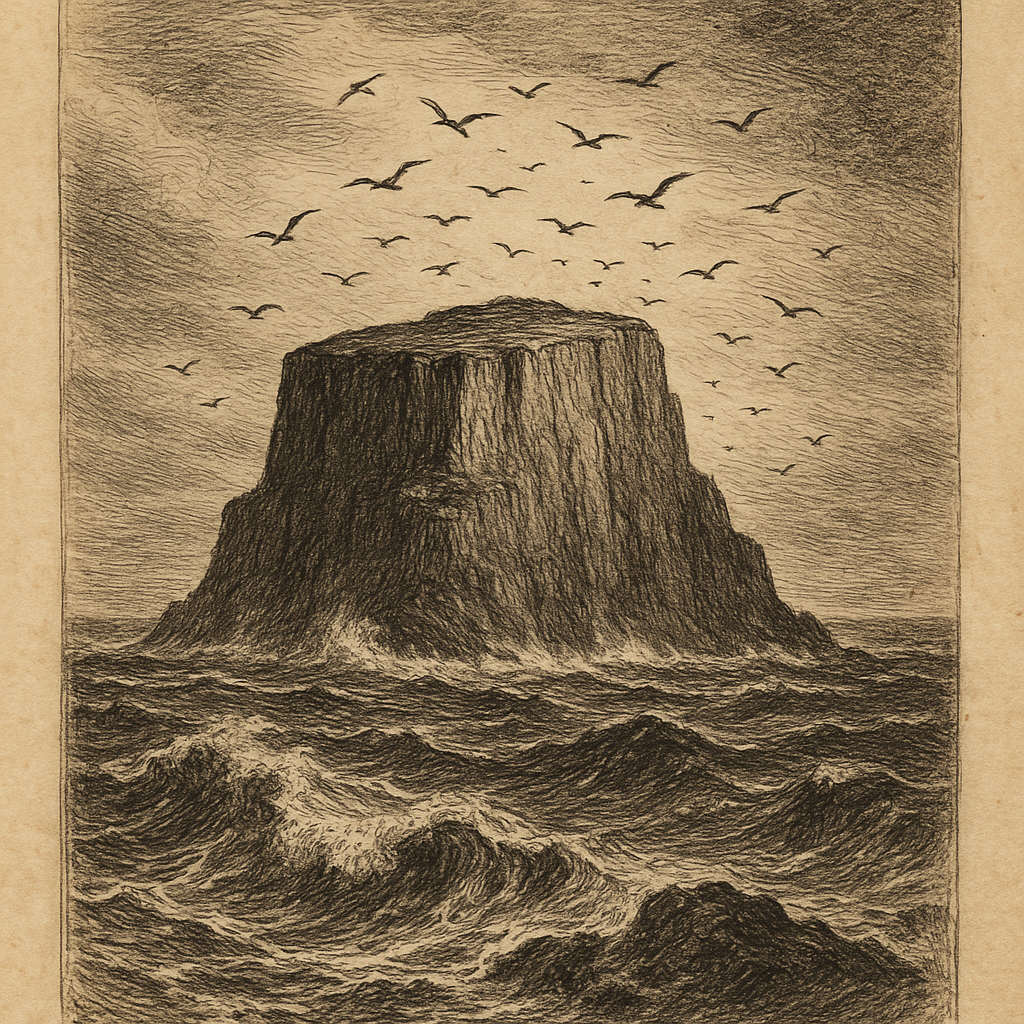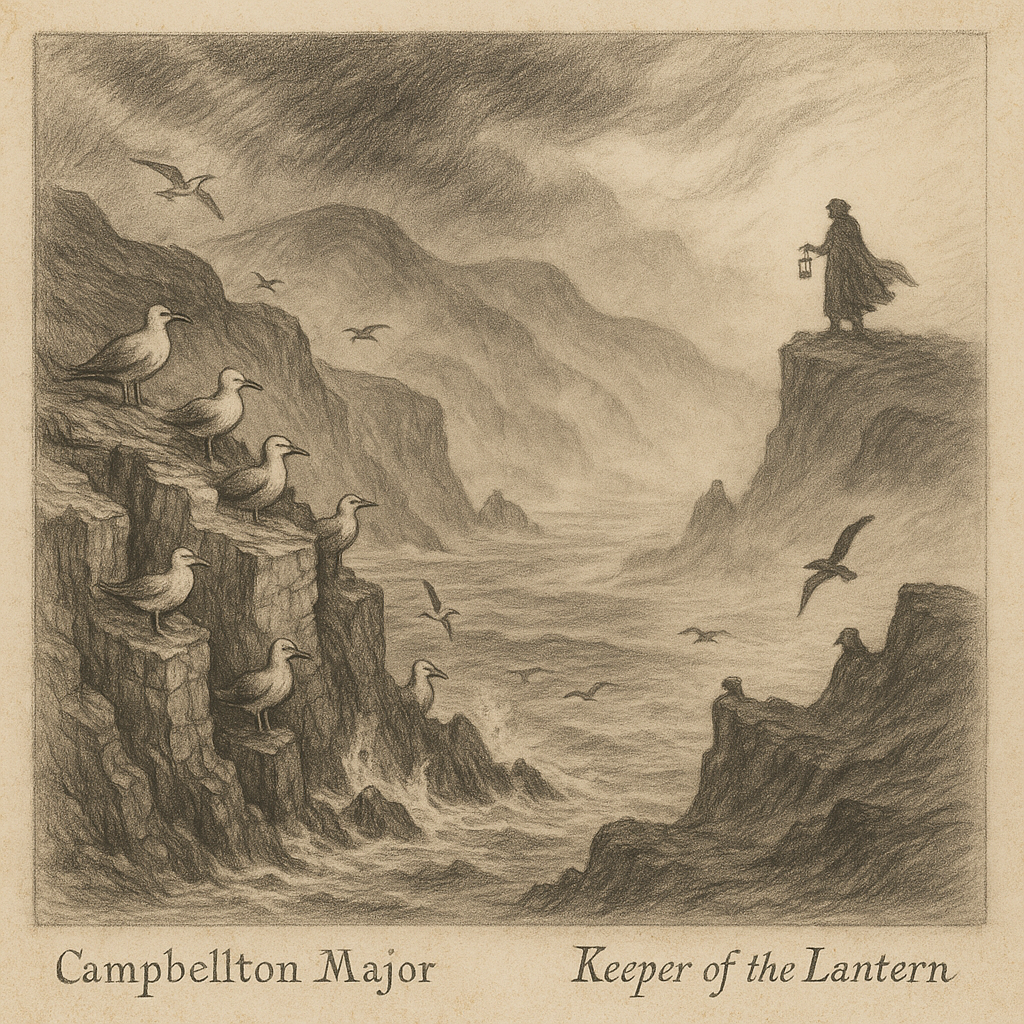Pitcairn Island: A Remote Jewel of the South Pacific
Located in the vast expanse of the South Pacific Ocean, Pitcairn Island is one of the most remote inhabited islands in the world. It is part of the Pitcairn Islands group, which includes four volcanic islands: Pitcairn, Henderson, Ducie, and Oeno. Of these, only Pitcairn is inhabited. This isolated British Overseas Territory holds a unique place in history, geography, and culture.
Geographical Location and Features
Pitcairn Island lies about halfway between New Zealand and Peru, approximately 5,300 kilometers southeast of Tahiti and over 2,000 kilometers from the nearest populated landmass. Its geographical coordinates are 25.065º S, 130.101º W.
Covering an area of just 4.6 square kilometers, the island is of volcanic origin and features a rugged terrain of high cliffs and steep valleys. The highest point is Pawala Valley Ridge, reaching approximately 347 meters above sea level. The island’s volcanic soils are fertile, and the tropical climate supports lush vegetation, including mango, breadfruit, and banana trees.
Pitcairn is surrounded by coral reefs and has no natural harbor. Bounty Bay, the island’s main point of access, is used for landing small boats, but large ships must anchor offshore. Supply vessels typically visit only a few times per year, emphasizing the island’s isolated nature.
Historical Background and Settlement
Pitcairn Island is best known as the final refuge of the HMS Bounty mutineers. In 1789, following a mutiny led by Fletcher Christian against Captain William Bligh, the mutineers sought a secluded and uncharted island where they could evade British justice. In 1790, they arrived at Pitcairn, along with six Tahitian men and twelve women. They burned the Bounty in Bounty Bay to hide any evidence of their whereabouts.
The early years of settlement were marked by violence and population fluctuations due to conflict among the settlers. By 1808, when the island was rediscovered by American whalers, only one mutineer, John Adams, remained alive. The island’s inhabitants today are largely descendants of the original mutineers and their Polynesian partners.
Governance and Population
As a British Overseas Territory, Pitcairn has a local government with some administrative oversight from the United Kingdom. The local council, elected by island residents, handles day-to-day affairs.
The population of Pitcairn has declined significantly over the years, from a peak of around 200 in the mid-20th century to fewer than 50 permanent residents today. Most of the population lives in Adamstown, the island’s only settlement. The community depends heavily on supplies from the outside world, and residents often rely on subsistence farming, fishing, and the sale of collectible stamps and handicrafts.
Flora, Fauna, and Biodiversity
Despite its small size, Pitcairn boasts a rich ecosystem with a mix of native and introduced species. The surrounding seas are teeming with marine life, including tropical fish, sea turtles, and coral reefs. On land, the island supports numerous bird species, including the endemic Pitcairn reed warbler. Nearby Henderson Island, a UNESCO World Heritage site, is noted for its pristine ecology and status as a critical breeding site for sea birds.
Conservation efforts have been ongoing in the region, particularly in protecting native species from invasive animals such as goats and rats. Pitcairn’s isolation has allowed for the survival of several rare plant species not found elsewhere in the world.
Interesting Facts About Pitcairn
- Pitcairn is one of the world’s most remote and least populated jurisdictions.
- There is no airstrip on the island; transportation is exclusively by sea.
- The dialect spoken on Pitcairn is known as Pitkern, a unique creole language combining 18th-century English with Tahitian elements.
- In 2005, the island garnered global attention during a controversial sexual abuse trial involving several island men, prompting new legal and social reforms.
- Pitcairn has one of the world’s smallest economies and smallest school systems, often with only a handful of students enrolled.
- Electricity is available only during set hours of the day from a communal generator.
- The island issues its own postage stamps, which are popular among collectors and generate a modest income.
Legends and Local Lore
The stories and legends of Pitcairn are deeply rooted in both Tahitian mythology and the legacy of the Bounty mutiny. One of the most enduring tales is that of the island’s supposed “curse” linked to the tumultuous and often violent beginnings of the Pitcairn community. The early years saw numerous murders and mysterious deaths, which gave rise to the belief that the island was haunted by the spirits of the slain.
Another commonly recounted legend involves Fletcher Christian himself, some claiming he staged his death and left the island years later to return to England under another identity—a mystery that remains unsolved.
Oral traditions and storytelling remain an important part of life on Pitcairn, often passed down through generations in the local Pitkern language. These tales blend historical fact with folklore, reflecting the island’s unique heritage and the resilient spirit of its people.
Visiting Pitcairn
Due to its remoteness, visiting Pitcairn requires careful planning. Tourists must take a ship from French Polynesia, often enduring a sea journey of several days. All visitors require pre-approval from the Pitcairn Island Council. Despite the challenges, the island offers a rare glimpse into a secluded community with a profound sense of history and a strikingly beautiful natural setting.
With its dramatic history, unspoiled landscapes, and enduring culture, Pitcairn Island remains a captivating destination for adventurers, historians, and those seeking solitude at the edge of the world.


